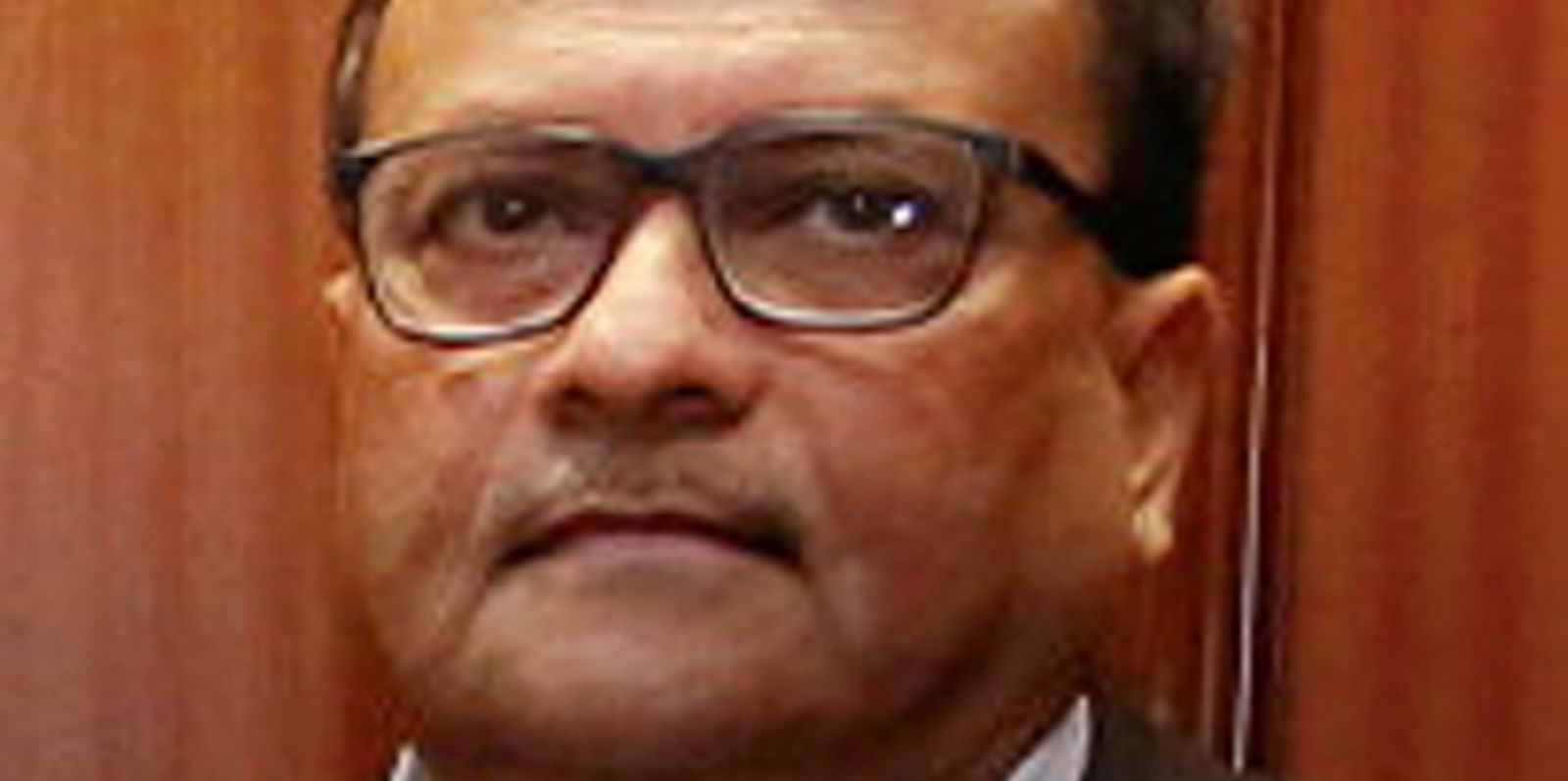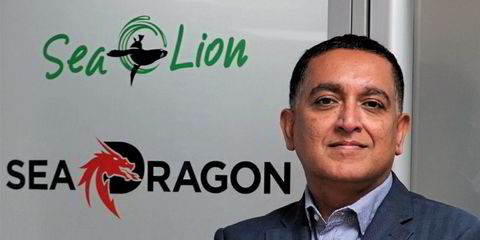Brokers are finding it hard to assess aframax tanker rates in a veiled Baltic Sea market, but earnings further south in Europe are booming.
Trade patterns have been fundamentally changed by bans on Russian oil exports in the West following the invasion of Ukraine.
Paris-based Barry Rogliano Salles (BRS) said: “It is difficult to track business in the Baltic these days, with all active players sworn to secrecy.
“As such, few deals are reported as activity takes place under the radar,” the French broker added.
BRS is calling the Baltic market at around Worldscale (WS) 165 to WS 185, depending on load ports and destinations. This is little changed week-on-week.
London’s Howe Robinson Partners assesses vessels out of Primorsk in Russia at WS 170 or $39,000 per day, much lower than the $100,000-plus average for the year so far.
It is a different story further south, however.
“What a week for aframax owners in the Black Sea and Med!” BRS said.
Market fundamentals favoured owners from the start of the week, with limited tonnage forcing charterers into the hot seat straight away, the Paris shop said.
A flurry of activity across the board saw rates skyrocket, with fixtures recorded well above the WS 200 mark, or $42,400 per day. This easily outstrips the $25,000 averaged by eco vessels so far in 2022.
Cargo flowing
“Indeed, there was a strong cargo flow in general; fuel, crude, long, short, Algeria, Libya, Ceyhan, Black Sea — all fronts were on fire,” BRS added.
As a result, the North Sea sector saw rates firm considerably week-on-week, as confidence among shipping companies grew.
The tonnage list was “tricky” from the start, and owners did a good job of resisting and holding out for more on every deal, BRS said.
Earnings cross-North Sea firmed by 20 points to WS 160.
However, suezmaxes were quiet on Monday, Howe Robinson said.
There was little fresh activity to report, but vessel lists appear tighter this week, and with higher bunker prices and an increase in VLCC activity also expected this week, owners will look to try to push up rates.
Rates remain healthy, but BRS believes suezmaxes have looked to move in for smaller aframax stems.






